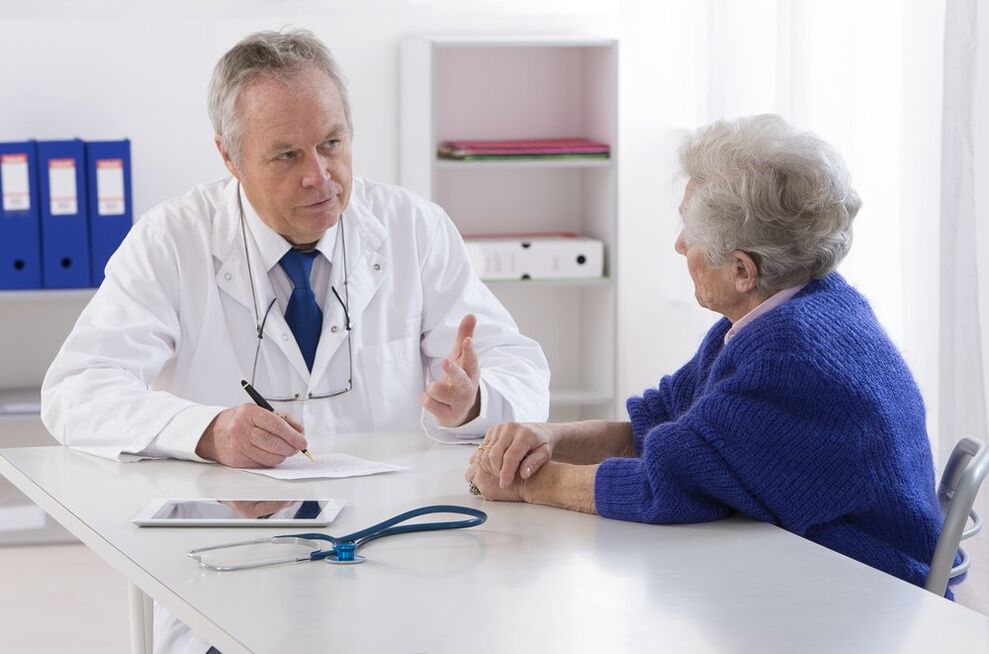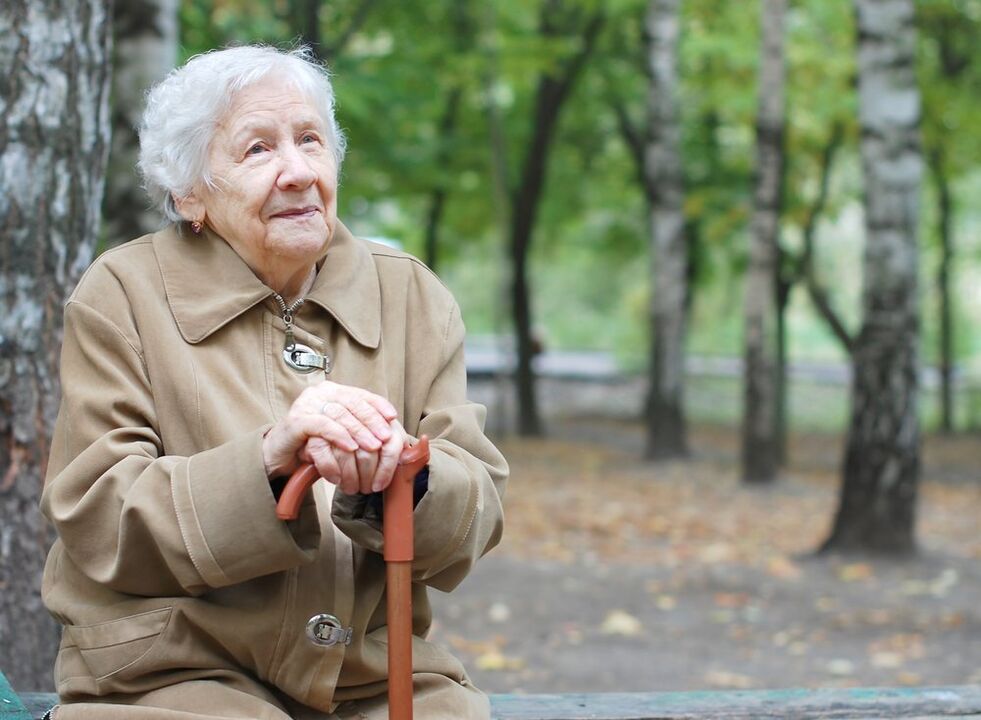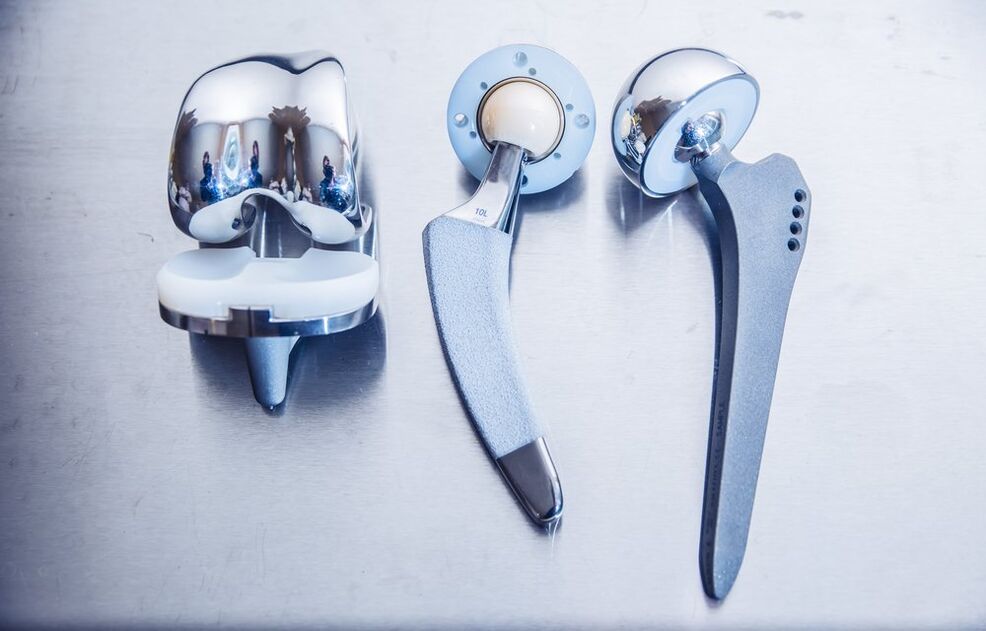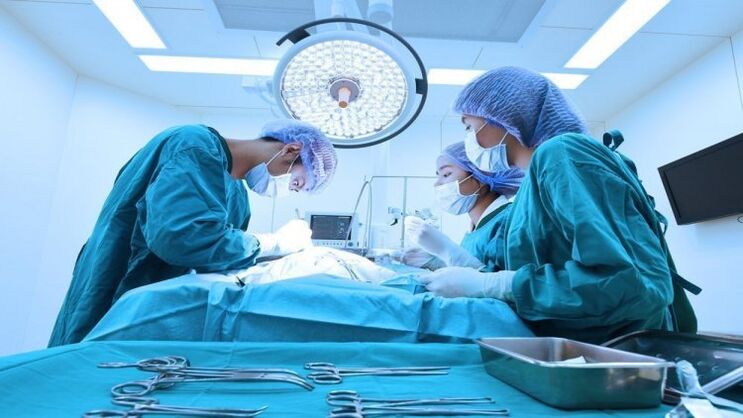Each of our joints has two matching surfaces as a key to the lock. All the bumps on one joint surface correspond to the depressions on the other. There is a medical name for such an exact coincidence of surfaces - compatibility. From above, the ends of the bones that make up the joint are covered with cartilage to slide better. Articular sac, ligaments and muscles protect the joint. Arthritis, one of the most common diseases of the joints, destroys cartilage and bone surfaces. At the same time, less special joint fluid is produced, which ensures smooth movements, the ends of the bones begin to rub against each other, causing pain and discomfort to the owner. Meanwhile, with osteoarthritis, there is formally no inflammation in the joint, which distinguishes it from arthritis.
Why hip arthrosis occurs: age

A catastrophe like osteoarthritis can occur in any joint in our body. Defeat is one-sided and two-sided. Age, overweight, injuries, flat feet, scoliosis of the spine, arthritis, displacement of the joints, excessive load on him, but at the same time, a sedentary lifestyle contribute to the appearance of the disease. The joints are made to move! At the same time, the upright posture is prone to arthrosis of the hip joint. Such a disease does not occur in animals, they distribute the load more evenly on the joints.
The hip joint is second only to the shoulder joint in terms of width of movement. And really, normally, we can do leg forward and backward, outward and inward, even rotational movements. This combination carries a very high load. It consists of the head of the femur and a socket on the pelvis. Osteoarthritis of this joint is known in medicine as coxarthrosis. Many people suffer from this disease. Women get sick more often, and of course, the peak of the disease occurs after the age of 40. In 70% of cases, this is due to natural wear and tear of the joint, disruption of blood supply and metabolism.
Signs of joint damage: pain when walking and resting

The first symptom of osteoarthritis of the hip joint is pain in the groin when climbing stairs. There may be no pain when descending the stairs. Later, the pain may begin to spread to the knee. Some of the various movements in the joint will be limited. For example, lifting a leg, that is, bending it with the hips, can be painful, but not taking the leg back. It is painful to turn the foot inwards, and it is painful to move it to the side, but it is tolerable. It is often not possible to kneel, because this movement also involves the hip joint. And limited mobility is caused not only by pain, but also by changes in the joint itself.
Due to the involvement of the hip joint in walking, running and a number of other movements, its defeat imposes social restrictions on the patient. With third-degree osteoarthritis, the pain is disturbed not only during exercise, but also at rest, especially at night, which does not allow you to sleep. It's hard to turn in bed. And sometimes the pain is so severe that it constantly forces the patient to take painkillers, which in itself is not always harmless. Thus, frequent use of non-steroidal anti-inflammatory drugs can lead to the formation or exacerbation of gastric ulcers.
Treatment of osteoarthritis: arthroplasty

Many years ago, when modern operations with prostheses were not yet available, surgeons still operated on patients with coxarthrosis. At the same time, the purpose of the operation was not to treat osteoarthritis, but to completely immobilize the joint. The patient recovered from this difficult surgery and dragged his foot. Many movements were inaccessible to him, but at least they did not suffer from pain. And then an artificial hip joint was invented, and it was possible to fully help such patients - with a new joint they can move painlessly and perform other movements that are no different from healthy people. An 80-year-old patient asked a doctor after arthroplasty of both thighs and pelvis, "Can I ski? "
Today, operations for coxarthrosis are an established production. Such treatment of osteoarthritis of the hip joint is, of course, possible for many people, including the elderly, in the absence of vital contraindications, such as severe diseases of the heart, lungs and other organs. What is the essence of the operation? We have a joint that doesn't work at all, its cartilage layer is worn out, everything has grown and doesn't move.
How is osteoarthritis performed?

Next, you need to understand how the femur is built: there is a head that enters the joint and a trochanter that connects many of the muscles that move the leg. It is a tumor that we feel through the skin. Thus, during the operation, the head of the bone is removed, and the trochanter remains. Cartilage remains are also removed from the cavity above the pelvis. An artificial head of the joint is placed in its place. The head "sits" on a metal rod attached to the femur. The incision is made in the inguinal region, the length is only 7-8 cm.
On the first day after the operation, the patient gets up, and on the third day he is forced to walk. And within a month or two, these patients completely restore the range of motion in the joint. Of course, after such treatment of osteoarthritis, a certain motor regime is needed to help recovery. But this is the doctor's concern - to give competent advice, to teach how to use this new technology word in his body.
Prostheses are made of lightweight and durable materials, which makes them durable. There are different prostheses. The doctor chooses the optimal one based on the person's age, subsequent "claims" for movement and other factors. In our country, most of these operations are carried out completely free of charge. You will have to wait in line for a while, but not half a year, not ten years! And endoprostheses will be performed. Today, thanks to advances in medicine, you can get rid of pain with coxarthrosis and lead an active lifestyle. The main thing is to see a doctor in time, because the more advanced the arthritis of the thigh, the more difficult it is to treat such a patient with the help of modern technology.



















